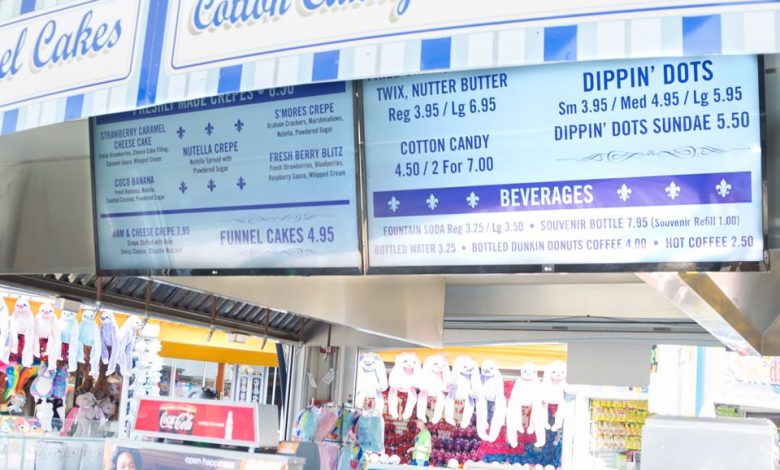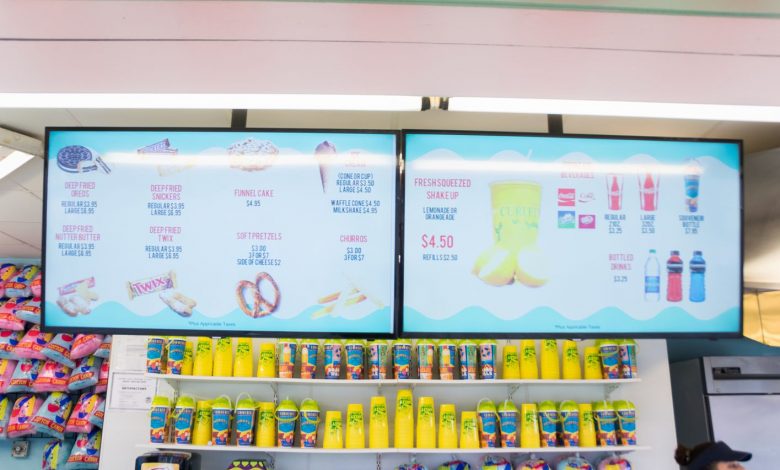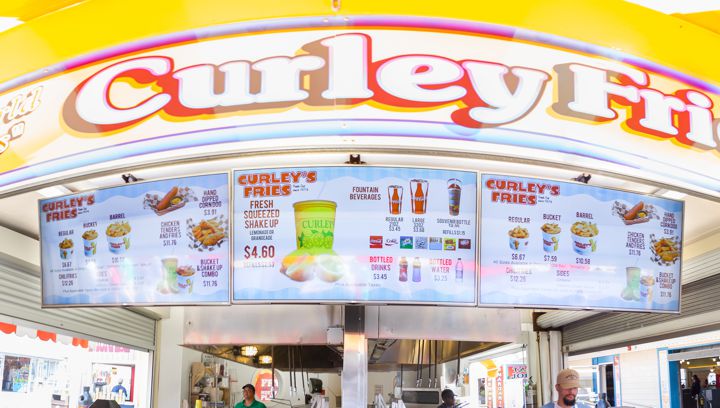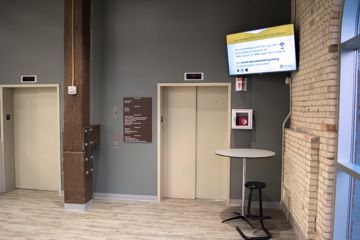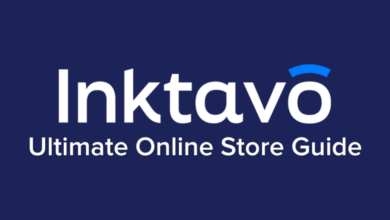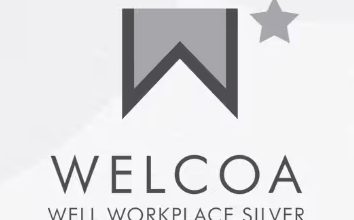Digital Signage: Digi-Total Solutions
Learn why turnkey digital signage systems make life easier for customers.
Imagine you’re visiting Kalamazoo, Michigan strolling across the 1,200-acre campus of Western Michigan University that is home to over 20,000 students. You may think to yourself, “Is there an effective way for those on campus to communicate effectively and stay apprised of the day’s events?” Furthermore, “How can those authorized within the university impart critical information upon residents that need consistent updates?”
This is where Sterling, Virginia-based content-rich digital signage solutions provider Mvix does its best work. The company provided digitally networked displays at highly-visible locations at the university-dormitories, student centers, and administration buildings-allowing campus dwellers to keep up-to-date on all activities. The content was created and pushed out by the marketing staff and supported by IT, providing a true turnkey solution.
It’s just one of several examples that illustrates how digital signage is effective, if not necessary, and a complete package for customers in need. And there are many places to turn for turnkey solutions.
“Turnkey digital signage solutions are perfect for common applications as they are affordable and a great way to start the engagement process with a client,” says Jay Saret, business development manager, Almo Pro A/V.
These solutions can have benefits over traditional signage and even digital displays that are implemented piece by piece. Today, there are so many more places where turnkey solutions can reside, with sign makers able to provide all essential elements.
The What and Where
Expanding on what makes up a turnkey digital solution, Saret explains, “We offer an Almo Content Creator, which is an inexpensive online system that allows any user to create their own digital signage content. The ‘Do It for Me’ option automatically creates ads for you to choose from and personalize to fit creative visions, with templates, and thousands of pictures and tools to create professional videos and ads.”
So, what actually goes into a digital display, or digital platform, to make it a turnkey solution?
According to Lillyan Wamaitha, marketing manager at Mvix, there are a few critical components, “Every digital signage solution has three components: hardware (screens/displays and media players), software (content management software), and content (e.g., video, images, feeds, text, social media, etc.).”
All these components together allow for the successful deployment of messages, integration of hardware and software, and general process improvement.
Wamaitha continues, “The software is the brains-it’s the driving force that powers everything else.”
With quality software comes quality personnel behind the software. It’s imperative that messages are designed effectively and delivered professionally.
“To ensure success, choose a design team that works with its partners during every phase of the project,” says Saret, “including discovery, quoting, mock-ups, approvals and delivery of the finished product.”
Recently, Almo was recruited by a sign shop to create a digital donor wall at a healthcare facility-a turnkey solution “that included hardware, software, content design, content creation and installation,” tells Saret. “The sign shop had not previously sold or been involved in digital signage but was able to find a trusted partner (in Almo) that could provide a turnkey digital signage system.”
Today, these types of projects are prevalent across many different markets “from transportation, hotels, retail and restaurants to healthcare, corporate and education environments,” Saret states.
Wamaitha believes, “The five top markets for digital signage are retail, corporate (employee communication), education (K-12 and higher education), food service, and healthcare,” with room to grow in other areas. “Hospitality and houses of worship are a ripe market for digital signage as well. The top use cases are employee communication (with employees, students, patients, and guest/customer communication), and advertising and marketing.”
For instance, Mvix handled a project for a museum in New Jersey to install video screens that notified guests of ticket prices, upcoming events, promotions and purchasing options. The digital system efforted to speed up processes onsite.
In other cases, Denver-based Ping HD has provided digital solutions to airport-based customers that frequently change menu items from breakfast to lunch and dinner, for example. These retail and fast-casual locations also benefit from using digital screens to promote daily specials.
In these situations, it’s imperative to get the “buy-in from all stakeholders,” suggests Kevin Goldsmith, chief technology officer, Ping HD. “It is easy to install a digital signage system, but making sure it is utilized to its fullest potential is perhaps the hardest part. The operators need to plan and refresh their content to keep it relevant and effective.”
Benefits and Advancements
Like any other sign project, shops should gather the clients’ input to design and install the display to their liking. However, with digital systems-and the amount of technology involved-things can get more complicated than traditional signage. However, this is where more potential benefits also come into play.
“Digital signage has shown to increase awareness of whatever the message might be when compared to static printed signage,” offers Goldsmith. “Digital signage has also shown to deliver an uplift in sales, which is wide-ranging depending on the product/service being promoted through digital signage.”
Along with that comes reliability. Today, especially with a turnkey solution, there is very little downtime due to the system’s configuration.
“The biggest advantage is that the business has one point of contact/reference for the entire digital signage network,” states Wamaitha, “so failure points are greatly reduced. When all the necessary components of a digital signage campaign-hardware, software, content, operation and maintenance, ROI analysis, and goals-are gathered at the start of the project, project management becomes so much more streamlined. This means the deployment will be fast.”
Fast is a word readily associated with digital signage since messaging can be changed on-the-fly and customized in a way customers desire. This can be done much more cost-effectively than even just a few years ago.
“Digital signage provides the ideal platform to allow the customer to experiment and tweak the marketing campaign without incurring the expense and time of shipping out physical printed materials to each site,” Goldsmith says. “You know you can ensure the correct content is on display at the correct time promoting the correct pricing, etc. With print, you are relying on someone climbing a ladder to change it, and UPS, FedEx, etc., delivering on time and undamaged.”
When it comes to providing a true turnkey solution, it’s even more advantageous to all parties involved.
“One of the greatest end-user benefits is having a single resource to work with to achieve the goals of the customer,” Saret shares. “For instance, at Almo, we offer a full team to handle the display hardware, CMS, content design and creation, and installation, which reduces confusion and helps each project run smoothly from start to finish.”
Technologically, sign makers can offer much more in the way of functionality and interactivity with digital systems. This is an attractive feature for users of digital signage to employ it as an extension of personal devices.
“These technologies, when combined with digital signage, personalize experiences even further,” Wamaitha says. “Take an example of where digital signage is used for wayfinding. A Nielsen survey shows navigation as one of the most popular app categories among smartphone users, after games and weather. Since (users) are already using their phones for navigation, it’s natural to extend digital signage wayfinding to their phones.”
Additionally, digital sign customers can gain insights into purchasing behavior and demographics with these systems.
“The biggest technological advancement coming is the use of analytics,” Saret asserts. “Using cameras that capture only anonymous data such as gender, age, and eye contact with the display; the content on the screen is customized for that particular demographic.”
From this point, messaging and special offers that are tailored to specific customers can be deployed.
“For example, perhaps your toilet needs a replacement flapper,” Goldsmith starts, “digital signage could help the end customer find the appropriate product and then take a short video with them on their mobile device showing step-by-step how to replace the flapper without flooding the bathroom. You could also consider other environments like a liquor store to help someone find a suitable wine based on what they are having for dinner.”
These digital sign systems can interact directly with viewers or through their handheld devices with QR codes, opt-in texting and other data collection points.
In the previous wayfinding example, “Visitors can scan the QR code to download the map and move easily within the building. The map can include personalized information such as estimated walk times and distance,” Wamaitha says. “SMS also allows folks to get wayfinding maps and additional information on their phones. Turn-by-turn directions via text are easier to understand and personalize the wayfinding experience. The SMS feature can also be programmed to respond to certain triggers and send personalized information such as images, contact information and addresses.”
When used in the retail environment, digital signage can be helpful to the viewer but also reflect well on the vendor, providing assistance and information about particular items for purchase.
“I think touch screens or lift-and-learn type applications offer the most useful benefits to allow/help the end customer make better buying choices, or learn about a specific product,” Goldsmith says. “Furthermore, with interactivity and gender/age recognition, more relevant content can be delivered instantly to the audience looking at a screen at that moment in time.”
Gauging Return
While evaluating a digital signage decision, one perception that customers have is the expense is too great to implement it. This sentiment is untrue if considering the potential reward of the system over time.
“The expenses of digital signage, especially for a large network, are not insignificant. There is the cost of hardware and possibly a recurring cost for software, services, and support,” Wamaitha says. “Instead of return on investment (an accounting benchmark), the idea is to focus on specific goals for individual communications or campaigns and look for any qualitative feedback, behavioral changes, and business outcomes. This return on objectives then justifies the expenses/cost.”
With hard costs, some comparisons can be made between digital signage and more traditional solutions. This can factor in the upfront investment in equipment/materials as well as maintenance costs going forward.
“We’ve seen traditional signage cost more than digital signage with ROI as quick as nine months in some rare cases,” explains Goldsmith, “but it’s not uncommon for 18 to 24 months. Also, digital signage can be used to promote more offers and be used for staff training which is hard to quantify.”
For that which can be quantified, “ROI can be split between hard and soft, hard meaning the CAPEX side of things and with SoC displays pretty much available from most major screen vendors, the cost is lower than it has ever been, therefore and ROI can be realized faster,” Goldsmith continues. “Soft ROI covers things like labor savings, compliance, training, fines, and more.”
Another way to measure the success of digital signs is through performance. If one cannot discern whether money is being saved or recuperated, it’s best to look at how the signage is performing as far as engagement and delivery.
“ROI typically implies dollars,” Saret says. “Most digital signage goals are not based on dollars, but instead on performance enhancements. These include the ability to deliver the right (most important) message at the right time, or the ability to dynamically and independently change a message with no increased costs. Other performance enhancement examples include delivering messages on screens to people not working from a computer or delivering personalized messaging.”
Wamaitha moves this philosophy one step further by saying, “The proper path to take is to develop strategies to improve communication, then fulfill those strategies with technology. Technology then becomes a means to an end and not the main strategy. Once this viewpoint is adopted, then it becomes easy to overcome the technical hurdles and focus on the ROI-both qualitative and quantitative.”
What does this mean to sign shop owners that are eager to jump into digital signage or expand operations to offer true turnkey solutions?
Says Goldsmith, “They need to make sure that they know what they want to do with it and have a suitable strategy.”
For starters, this means learning about what goes into a highly-functional and desirable system.
“Getting educated is the most important, and this will come from forming partnerships with those in the digital signage industry,” believes Wamaitha. “Partnering with a software provider, hardware provider, content house, or integrator will get sign shops some hands-on experience with digital signage. A lot of these providers are looking to add partners and will often dedicate marketing dollars to reach them via webinars, trade shows, lunch and learns, etc.”
Saret agrees and adds that having a partner can also add to the bottom line.
“The biggest step is to find a trusted partner with digital signage and content creation expertise,” he says. “This team will guide the sign shop employees through the necessary steps, which not only includes the actual digital signage system but the recurring revenue that results from the success of the system.”
Whether you are walking around the grounds of a vast college campus or simply shuffling through the aisles of a convenience store, turnkey digital signage systems are ever-present. And we now live in a world where technology and communications have combined to form these effective signage displays.

